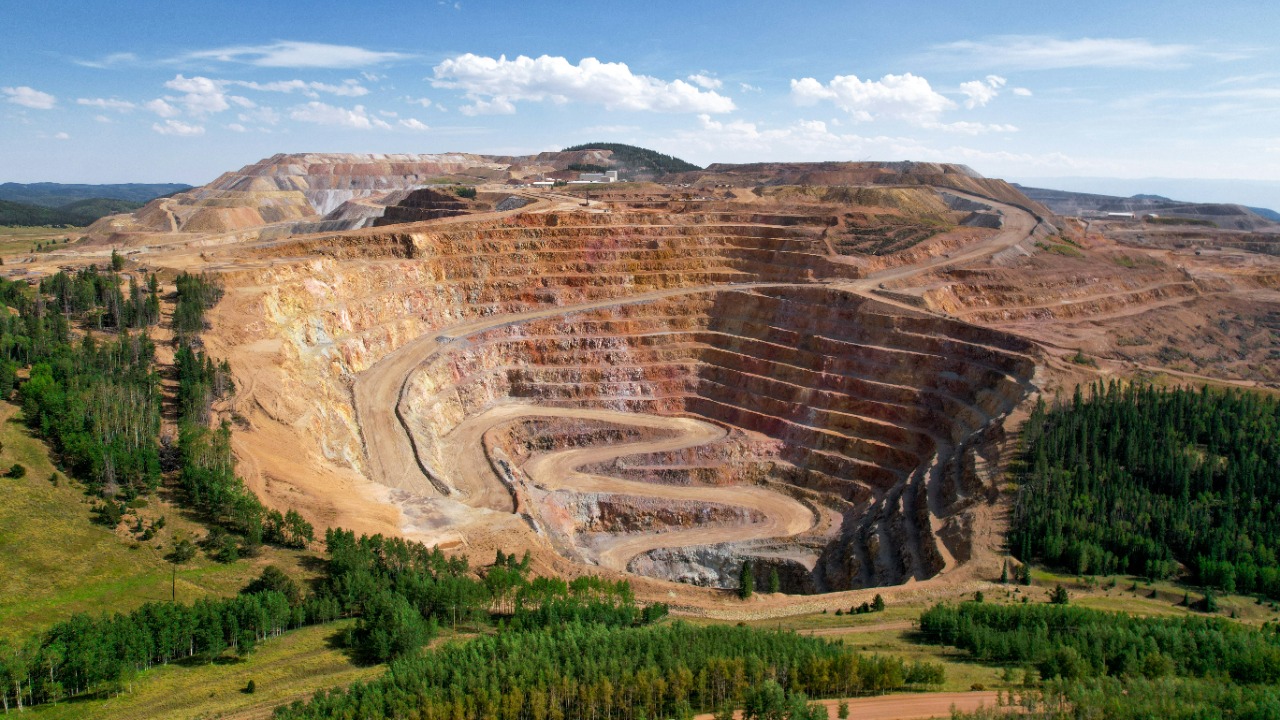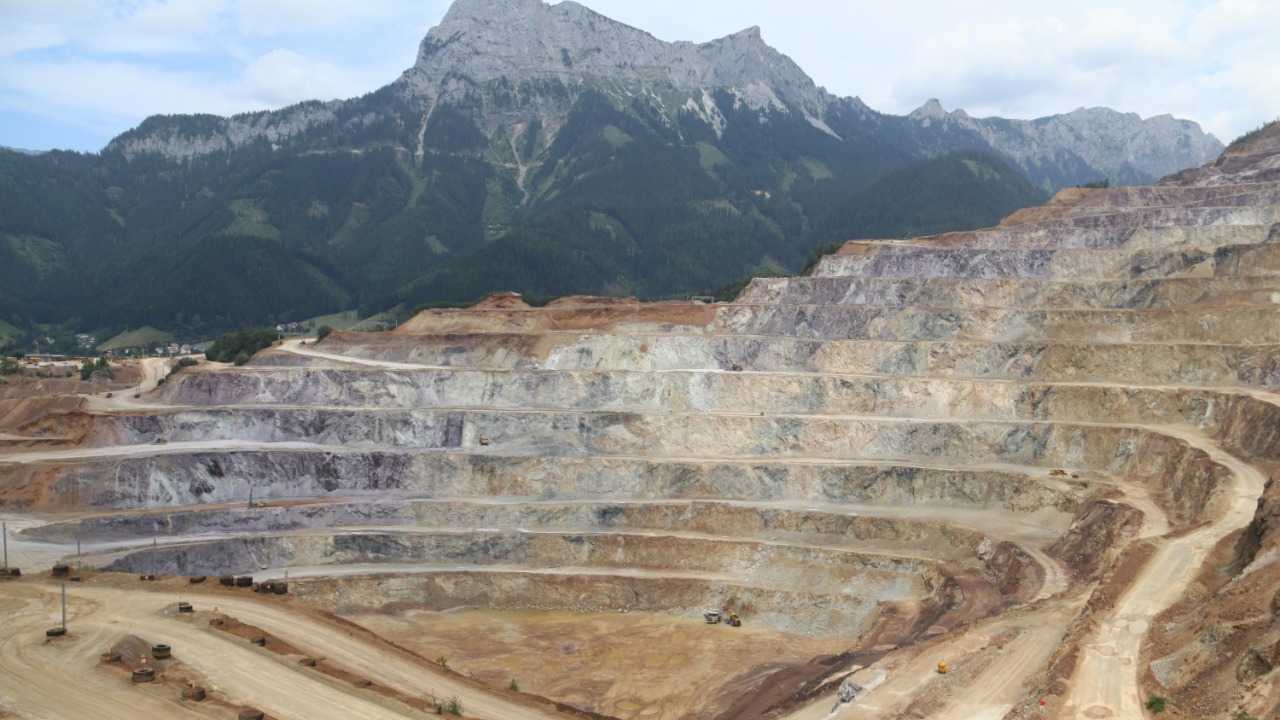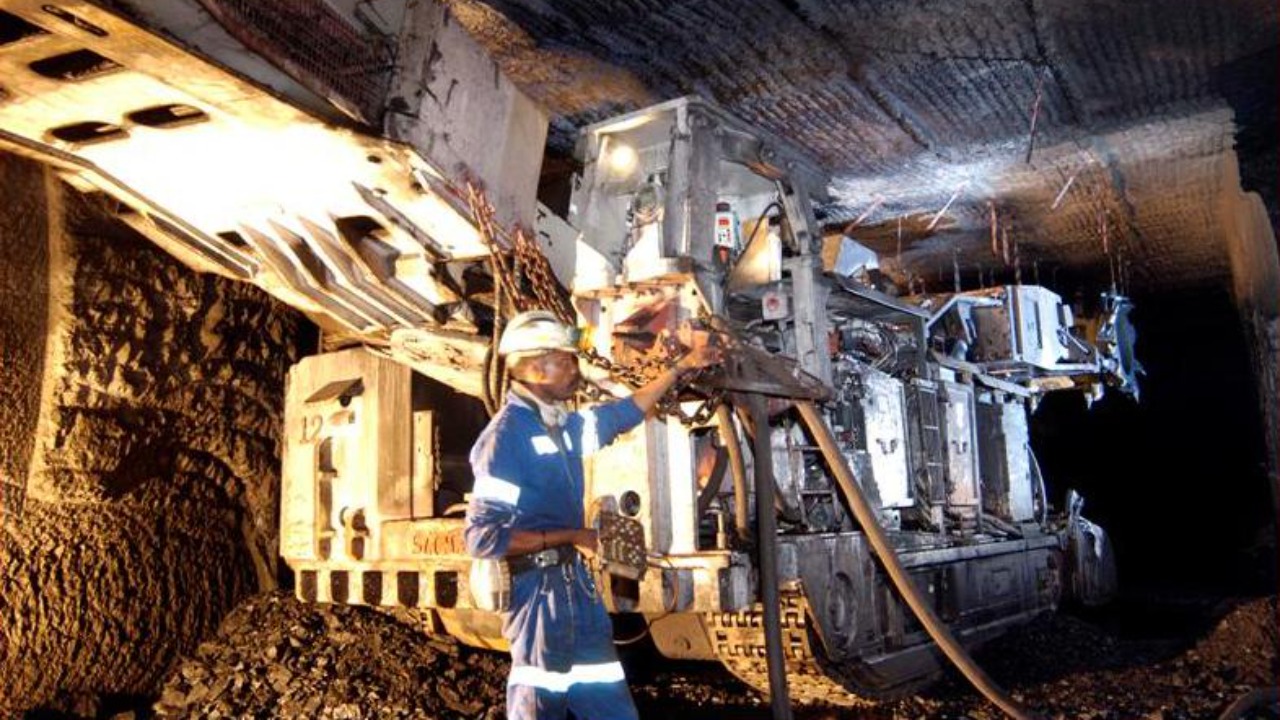
Chinese geologists have made a groundbreaking discovery in the Wangu mining area of Shaanxi Province, unearthing what might be the largest gold deposit in the world. This supergiant gold deposit, announced on November 30, 2024, boasts an estimated 1,100 metric tons of proven gold reserves, valued at a staggering $83 billion. This remarkable find not only surpasses previous records but also positions China as a formidable force in the global gold production landscape, underscoring its growing influence in critical mineral resources.
Discovery Process and Initial Findings

The exploration efforts that led to this monumental discovery were spearheaded by the Shaanxi Geology and Mineral Resources Investigation Team. Their work began in 2017, involving extensive drilling operations that reached depths of over 1,000 meters to uncover the initial ore body. The team’s dedication and advanced geophysical surveys confirmed the deposit’s classification as a supergiant, with reserves exceeding 1,000 tons, specifically identifying 1,100 tons of gold. This classification is significant, as it highlights the scale and potential impact of the Wangu site on the global gold market.
The ore grade of the deposit, approximately 6 grams per ton, makes extraction economically viable despite the considerable depth of up to 2,000 meters underground. This high ore grade is crucial for ensuring that the extraction process remains profitable, even as it presents technical challenges. The depth and quality of the deposit underscore the importance of advanced mining technologies and strategies to fully exploit this resource.
Geological Characteristics of the Deposit

The gold deposit is hosted within a quartz vein structure, formed in a tectonically active zone within the Qinling orogenic belt of Shaanxi Province. This geological setting is known for its complex tectonic history, which has contributed to the formation of rich mineral deposits. The presence of associated minerals such as pyrite and arsenopyrite further enhances the deposit’s high-grade potential, although it also necessitates specialized processing techniques to manage these elements effectively.
Seismic imaging has revealed that the deposit spans several kilometers laterally, comprising multiple ore bodies. This extensive lateral spread indicates a significant volume of gold, which could sustain long-term mining operations. The mapping of these ore bodies through seismic imaging provides a comprehensive understanding of the deposit’s structure, aiding in the planning and development of extraction strategies.
Economic Valuation and Global Implications

The economic valuation of the deposit, pegged at $83 billion, is based on current gold prices of around $2,700 per ounce. This valuation positions the deposit as a potential game-changer for China’s economy, offering substantial financial returns and boosting the country’s share of global gold supply. Once operational, the Wangu site is expected to produce between 20 and 30 tons of gold annually, significantly increasing China’s contribution to the global gold market, which currently stands at about 10%.
The discovery’s implications extend beyond China’s borders, potentially affecting international gold markets. The increased supply from this deposit could lead to price stabilization or shifts in mining investments, particularly away from established sites like South Africa’s Witwatersrand. This shift could alter the dynamics of global gold production, influencing investment decisions and strategic planning in the mining industry.
Challenges in Development and Extraction

Despite the promising potential of the Wangu deposit, several challenges must be addressed to realize its full value. Environmental concerns, particularly the risk of water contamination from arsenic present in the ore, require advanced tailings management solutions. This is especially critical in Shaanxi’s arid region, where water resources are limited, and contamination could have severe ecological consequences.
Technical hurdles also pose significant challenges, with the need for deep-shaft mining technology to access reserves located at depths of up to 2,000 meters. The initial development phase is projected to take between 5 and 10 years, requiring substantial investment in technology and infrastructure. Additionally, regulatory approvals are necessary to ensure compliance with national resource laws, involving state-owned enterprises like China National Gold Group. These approvals are crucial for securing the legal and operational framework needed to proceed with mining activities.
The discovery of the supergiant gold deposit in Shaanxi Province represents a monumental achievement in the field of geology and mining. With its vast reserves and significant economic potential, this deposit could reshape the global gold market and enhance China’s position as a leading player in mineral resources. However, realizing this potential will require overcoming environmental, technical, and regulatory challenges, necessitating a coordinated effort from all stakeholders involved.
For more detailed insights, you can read the full reports from Popular Mechanics and the New York Post.